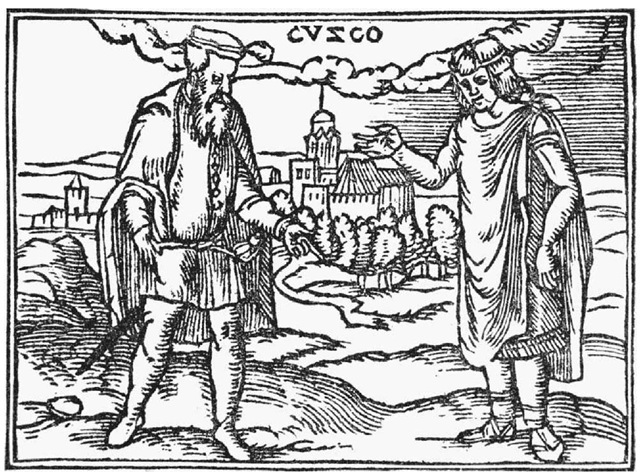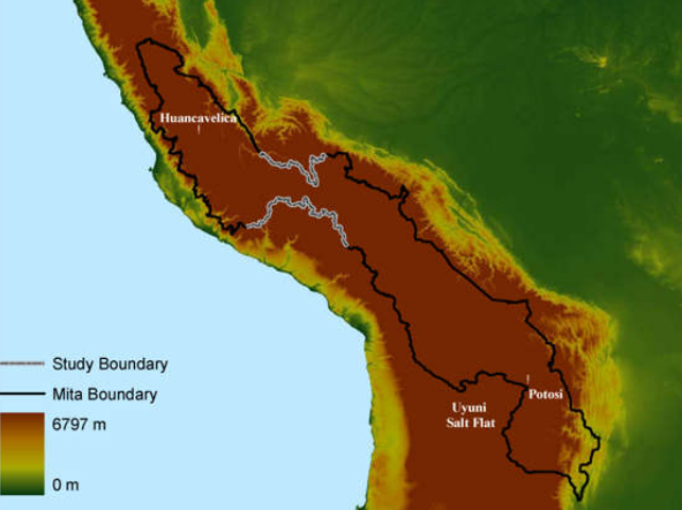What is now considered Peru was part of the Spanish Empire in the 16th century. The Empire readopted and intensified its preceding Inca Empire’s mandatory public service called mit’a, which required men to work unpaid for the state, when they discovered the Potosí and Huancavelica mines, which would provide a huge amount of mercury and silver for infrastructure and commercial use. As a result, the indigenous villages near the mines were made to provide one seventh of their adult male population as mit’a laborers for the following centuries.

Harvard Economist Melissa Dell believes that land tenure and public goods are channels through which their impacts persist on today’s economic development in Peru. In order to test her hypothesis, she conducted a study across some boundaries of the mit’a area that shared similar geographical and cultural features. It is found that the people within the mit’a area had 25% lower household consumption and 6% higher child stunting than those living outside the boundary of the mit’a area. Her study shows that the legacy of earlier institutions would to a huge extent determine contemporary development outcomes, which became one of the models explaining the underdevelopment of certain areas.
